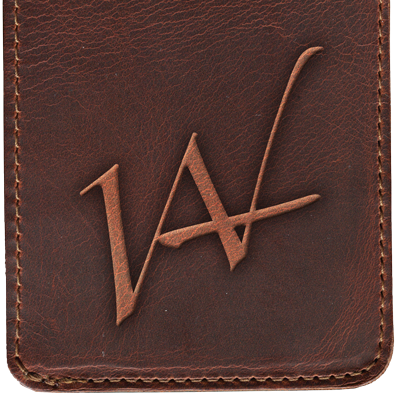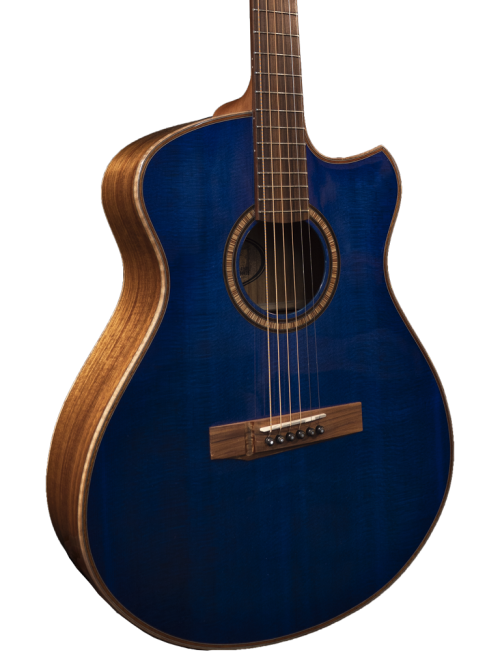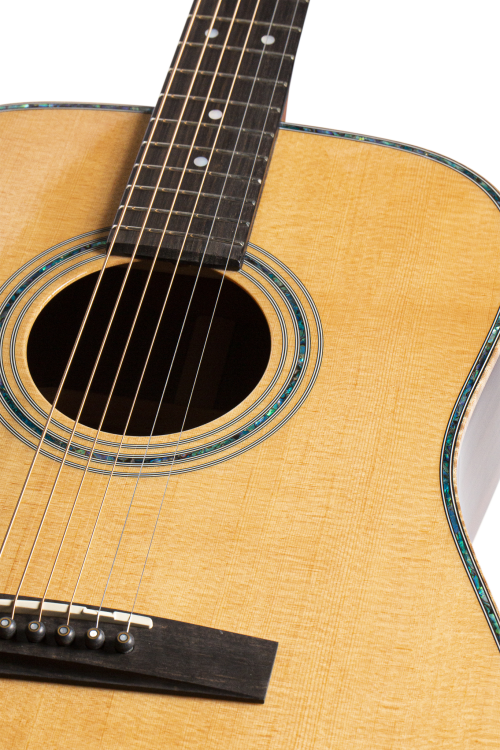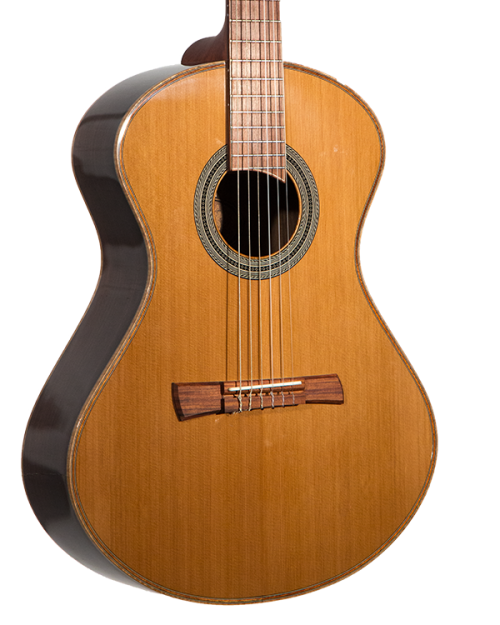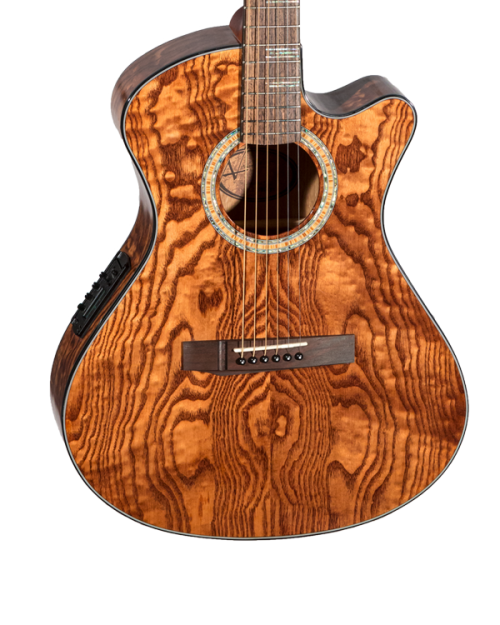Guitar Tips & Tricks: Theory Journey Pt. IV

How’d the new key go? Pretty easy, right? Once you translate the scale pattern to the fretboard, and from the fretboard into your fingers, It’s easier to see how the scale is constructed. Today, let’s try a couple of new things–first let’s go back to the key of C Major/A minor.
What we’ve noticed is that there are only seven different note names, and once we reach the last (seventh) note we start again on the same note an octave higher (oct=8–you get it, right?).
Finding octaves on a guitar is really quite simple. Place your index finger on any fret–let’s say, fifth fret, sixth string, the note is “A.”
Now skip the fifth string.
Now move up two frets.
You should be on the seventh fret on the D string.
This note is also, “A.”
Memorize the pattern–it should look like this beginning on the fifth and sixth strings:
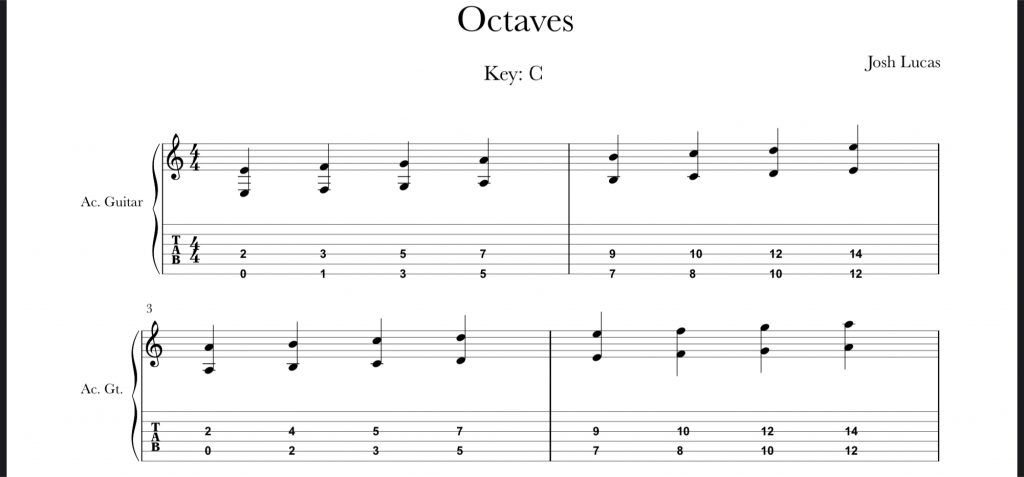
Not only can you use octaves individually, but you can play them together to thicken up some of your melodies.

So, skip a string and move up two frets. Once we move to the fourth string, we have to account for the tuning of the B string–now the pattern still skips a string to the next note, but we have to move up three frets. It will look like this:
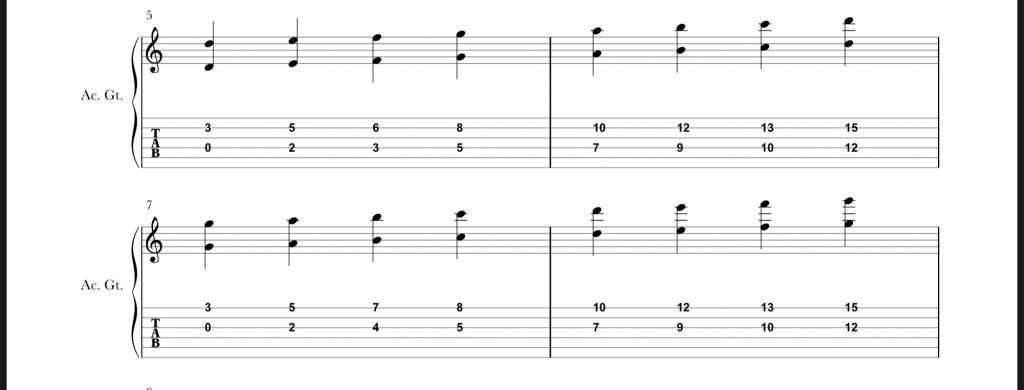
This will be the pattern beginning on the fourth, and third strings.
Try finding the octave with every note of the scale, even if it means moving out of the position. This will help when we start connecting the patterns.

Finally, we’ll dip our feet into playing the C major scale on one string at a time on all the strings. The pattern looks like this!
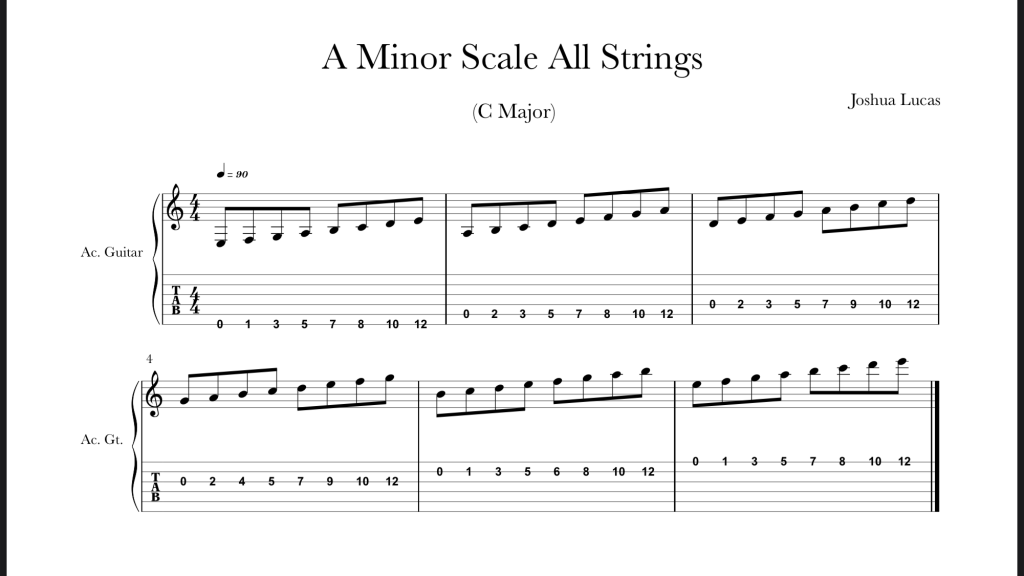
The next step toward mastering the fretboard is not only to memorize the pattern and the location of each note, but to assign a name to the note. Memorize the names of the notes, and memorize where each note is–use the information at your disposal, in this case you have almost every piece of the puzzle filled in–the name of each open string note, the knowledge that you’ll be ascending the alphabet from that note, and the fret on which each new note occurs.
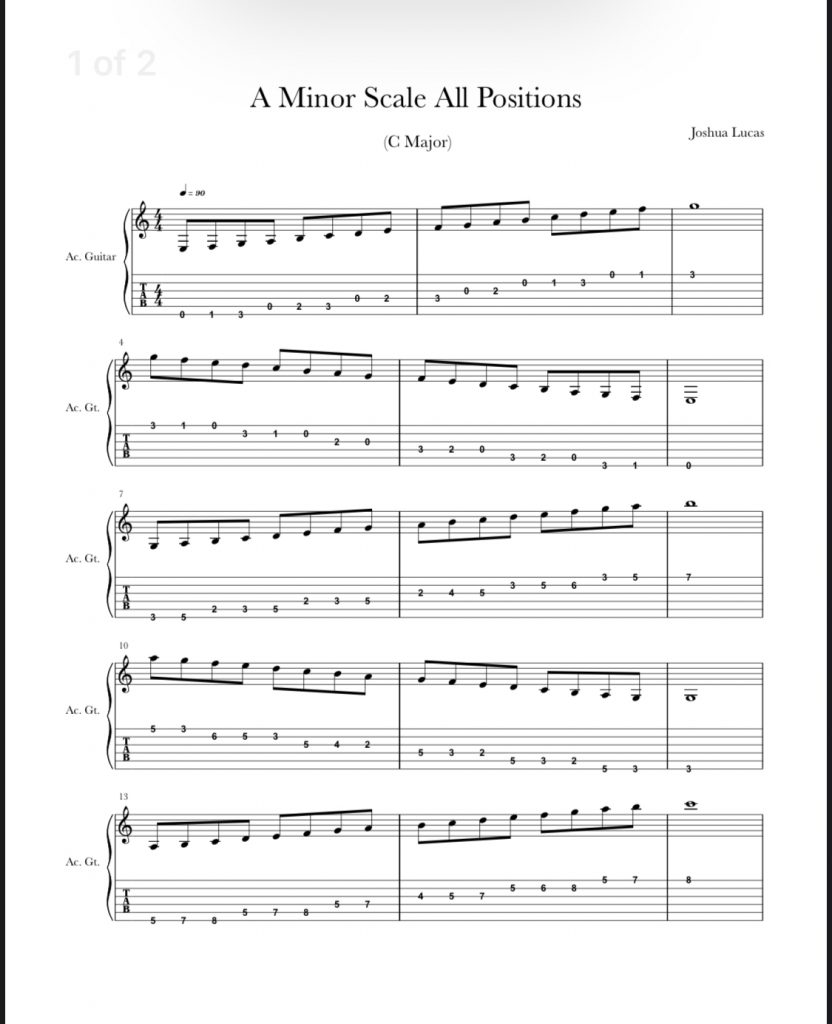
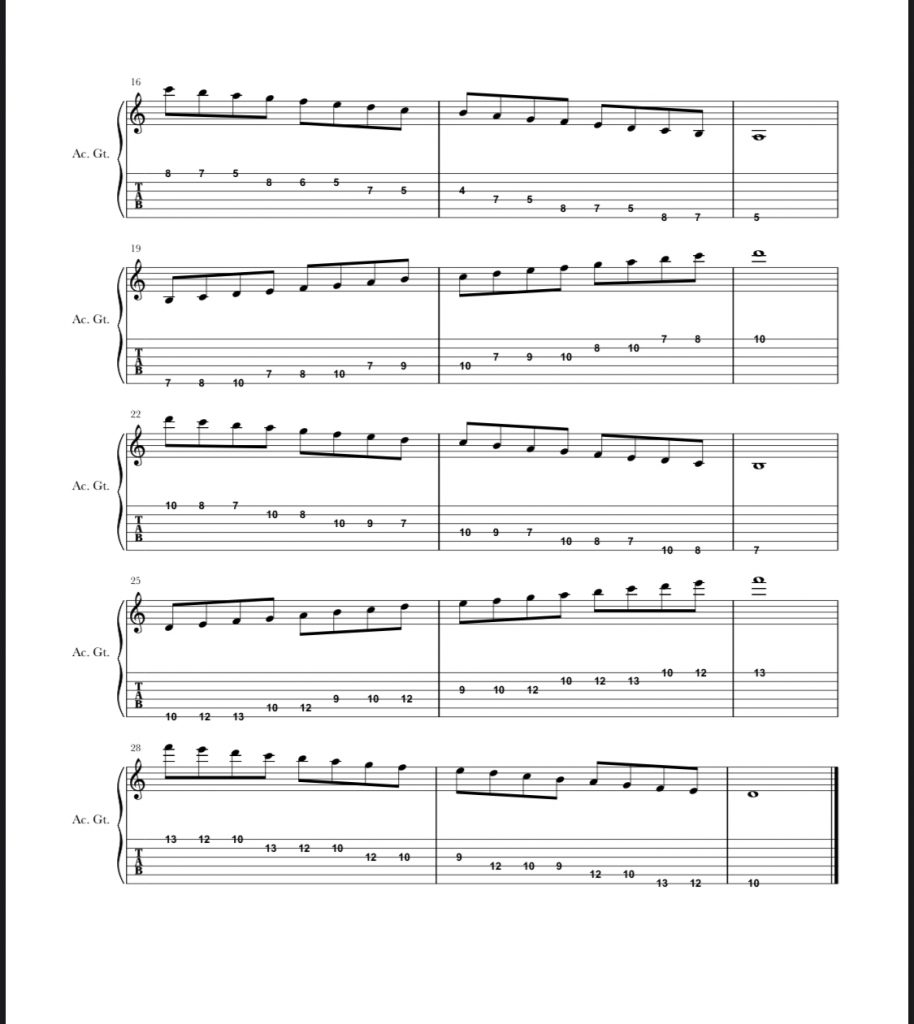
Once you memorize these patterns and this information, a new world of music will begin to open up–you’ll see how the patterns recur on the same notes, even on different strings. Take your time and practice these examples until they become second nature, and keep in mind–this only gives you a single road map to the key of C. In the context of music, the directions you take are up to you. So get creative, and put this information to good use. And get ready to play in some new keys next time, and maybe we’ll even check out some three note per string scales.
